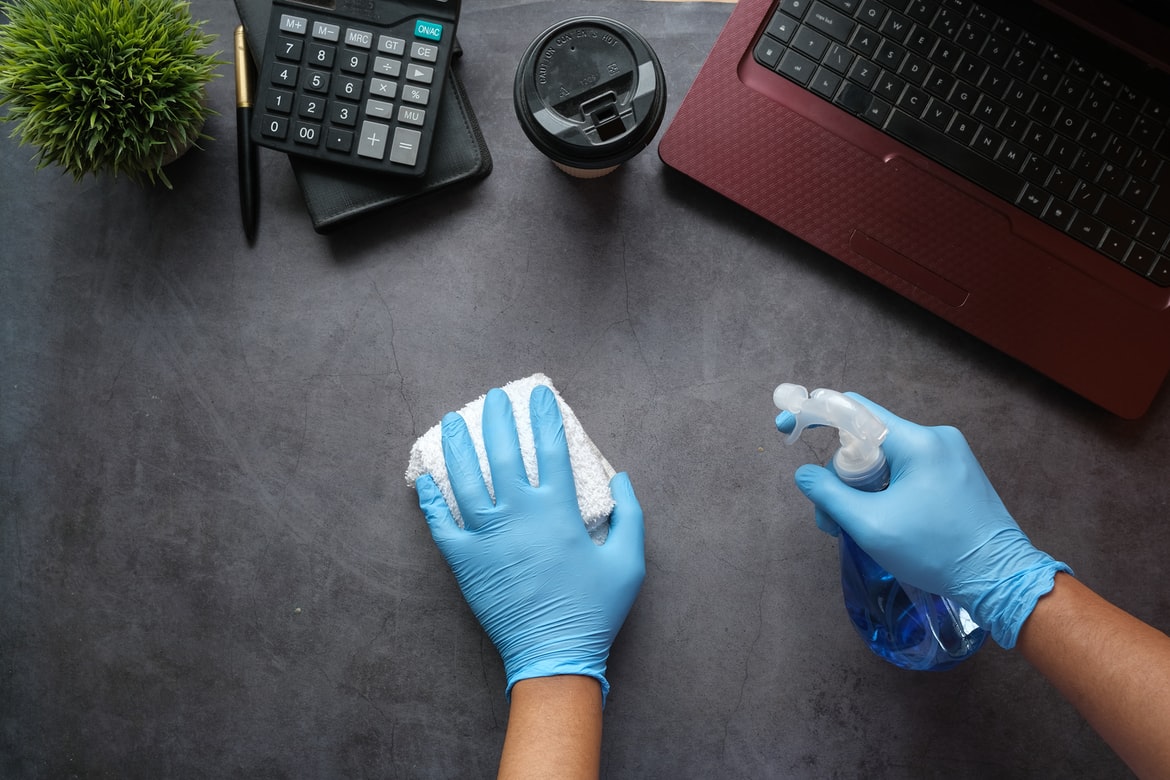Having furniture that can last a lifetime is something many of us aspire to. And why not? Over time, your furniture begins to show signs of wear, which can be upsetting when you have to replace it. But there are ways to prolong its lifespan so you don’t have to buy new pieces as often. Here are some practical ways on how to prolong the lifespan of your furniture
Dust and wipe your furniture properly.

Dust and wipe your furniture regularly. Dust is a leading cause of premature wear on furniture. The best way to prevent dust from building up is to keep your space clean, but you can also use a damp cloth or vacuum cleaner attachment to wipe away any excess. Be sure not to use harsh chemicals, because they may damage the finish or leave behind unsightly stains.
Acidic or abrasive cleaners can damage laminate surfaces, do not use them. These products can quickly damage the PVC edge band as well. Drain cleaners containing lye will permanently damage the laminate surface. If dye should happen to spill, wipe it up immediately with dishwashing detergent or an all-purpose cleaner. Wipe spills away promptly and rinse several times with water. Rust removers contain harsh chemicals, which will quickly cause permanent damage. Toilet bowl cleaners contain harsh chemicals that can cause permanent damage. If spills occur, wipe up immediately, wash surface with soapy water and rinse several times.
Dust cabinets frequently with a soft lint-free cloth. You can dampen the cloth slightly with water or spray-type dust remover.
Clean spills immediately. Use a clean cloth and mild soap if necessary. Wipe dry with a clean soft cloth.
Use the correct cleaners for the material of your furniture.

Use a cotton ball or tissue saturated with isopropyl alcohol or small amount of water ,gently rub the stain for up to two minutes. Wipe dry using a soft cloth or tissue. Do not use these products on or near the edge for it will damage the edge.
The cleaners listed below can cause damage to the surface of the melamine:
• Hydrochloric Acid Muriatic Acid
• Hydrogen Chloride
• Sulfuric Acid Oleic Acid
• Oleum
• Hydrofluoric Acid Rust Remover
• Phosphoric Acid Rust Remover
• Sodium Hydroxide Caustic Soda
• Caustic
• Lye
• Soda Lye
• Pumice (abrasive)
Avoid exposing it to direct sunlight.

Avoid exposing it to direct sunlight. Do not leave your furniture outdoors for extended periods of time unless it’s protected from extreme temperatures, sun exposure and moisture.
Direct sunlight can fade the color of your furniture and its cushions, as well as damage the surfaces by making them brittle. If possible, leave your outdoor furniture inside when not in use and remove all cushions before storing it. If you are going to leave your outdoor furniture outside for a long time, cover it with a sheet or something similar to protect it from the elements (although this might defeat the purpose of having an outdoor living room).
Keep your furniture away from the heat or warm environment for prolonged period
Heat causes furniture to dry out, which in turn causes warping and cracking. Warped or cracked furniture is not only unsightly, but also can be unsafe. It is important to keep your furniture away from heat sources such as radiators and fireplaces.
The heat will cause the glue used to join together various parts of the furniture to dry out, causing cracks where they shouldn’t be.
Proper handling

Avoid moving large items by yourself; do this only when necessary because doing otherwise will cause unnecessary wear and tear on them over time which can lead to cracks appearing eventually down the line due to repeated stress caused by lifting heavy objects incorrectly
To Summarize
Do Not apply excessive weight or pull down excessively on doors as this may cause them to split at the hinge area and sag.
Do Not place more than 100 pounds of weight into any drawer as this may cause the bottom to sag or the drawer guides to work improperly. Also, the weight of what is stored in each drawer should be evenly distributed for the best durability.
Do Not use petroleum distilled polishes on the surface of your furniture, as they are often flammable and toxic, and they are seldom ever completely removed.
Do Not use concentrated detergents on your cabinetry. Harsh detergents, strong soap and self-polishing waxes could have a damaging effect on the finished surface.
Do Not leave damp or wet cloths draped over cabinet doors. This moisture can cause permanent water damage to the area over time.
Do Not wipe our cabinetry with a used dishcloth since it could contain traces of grease or detergents.
Do Not place plastic or rubber objects on a wood finish –their ingredients react with those of the finish.
Do Not place furniture in direct sunlight. Prolonged exposure to direct sunlight may cause a change in color.
Do Not let water run off sink to countertops and sink cabinetry
Do Not expose the un banded edges of cabinetry to excessive moisture. Over time, prolonged wetness can result in damage.
And now, you have some simple and practical ideas on how to prolong the lifespan of your furniture. In order to prolong the lifespan of our beloved pieces of furniture, we need to care for them properly and do what we can to prevent them from breaking down prematurely. And hopefully these ideas will help you do just that!

